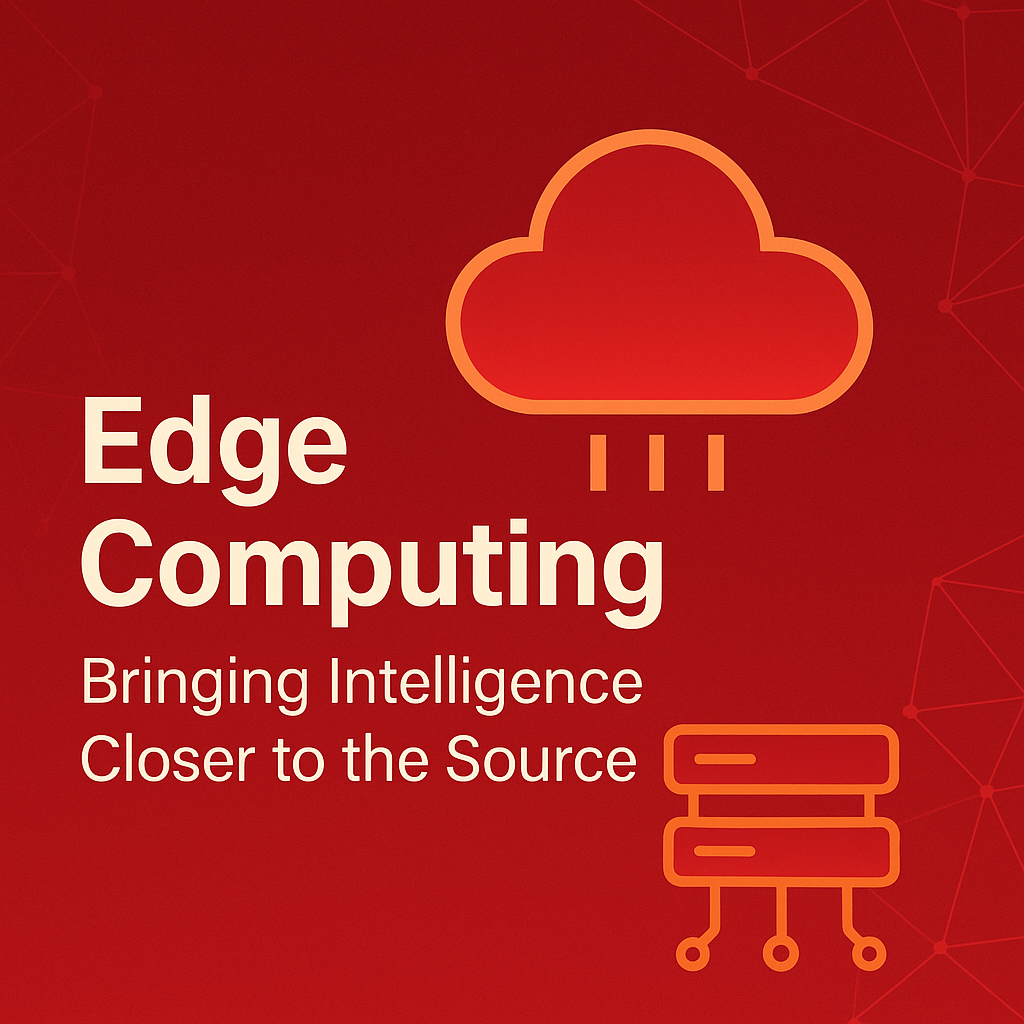Introduction
As digital systems generate more data than ever, traditional cloud computing faces challenges like latency, bandwidth, and real-time processing. Edge computing emerges as a game-changing solution by processing data closer to where it is created—at the edge of the network.
What is Edge Computing?
Edge computing is a distributed computing model where data processing and storage occur near the source of data generation, such as IoT devices, sensors, or mobile endpoints, instead of relying solely on centralized cloud servers.
Why Edge Matters
-
Reduced Latency: Real-time responsiveness critical for applications like autonomous vehicles and remote surgery.
-
Bandwidth Efficiency: Less data needs to travel to the cloud, conserving network resources.
-
Improved Security: Keeping sensitive data local helps reduce exposure to breaches.
-
Reliability: Systems can function even with intermittent cloud connectivity.
Key Applications
-
Smart Cities: Real-time traffic management, surveillance, and energy optimization.
-
Industrial IoT: Monitoring and controlling machinery on-site in manufacturing plants.
-
Healthcare: Patient monitoring devices that analyze and respond instantly.
-
Retail: Intelligent inventory tracking and customer analytics at the store level.
Future Outlook
As 5G connectivity expands, edge computing will become even more powerful, enabling ultra-fast communication between devices and servers. Coupled with AI at the edge, expect a surge in intelligent applications across every sector.
Conclusion
Edge computing is not just a trend—it’s the backbone of tomorrow’s digital ecosystem. By combining speed, efficiency, and intelligence, it’s redefining how we process and act on data.
🔗 Explore the edge of innovation with Aviera Labs | Visit avieralabs.com
#EdgeComputing #IoT #FutureTech #Innovation #AvieraLabs #SmartSolutions
